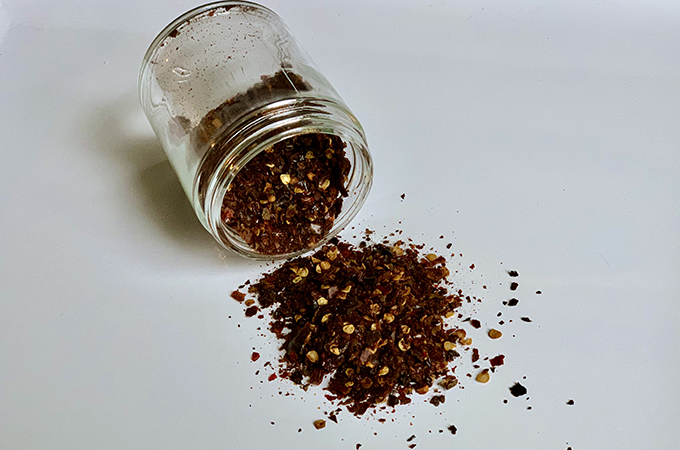Peppers 101: A Guide to Selecting and Enjoying the Most Popular Peppers
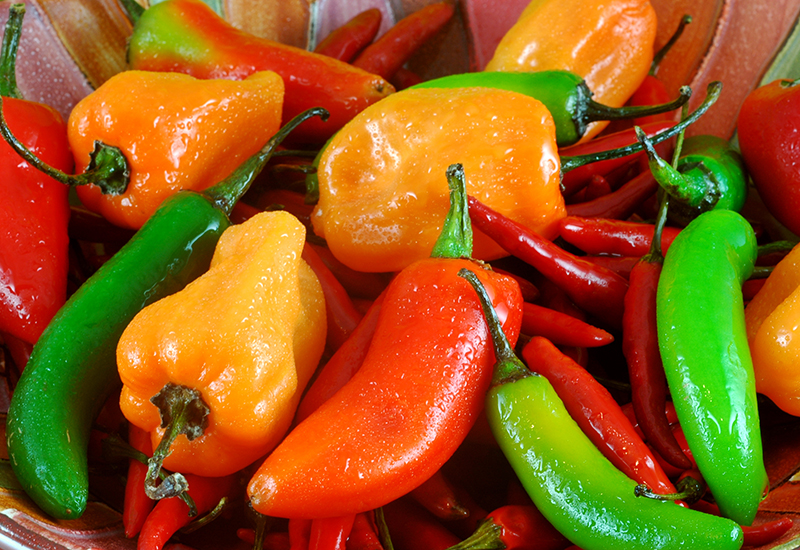
This post was written by Heinen’s partner, Halle Snavely.
Peppers are a highly celebrated food, and for good reason! Some people relish the heat, while others never venture beyond the everyday sweet peppers. Regardless of your preference, the versatility of peppers is undeniable. With flavors ranging from sweet to bright, smoky to pungent and mild to face-melting, there’s a pepper out there for everyone.
Here is a basic overview of some of the most popular peppers that you can find at Heinen’s, including a little history, each pepper’s Scoville scale rating, which measures their level of heat, and a few tips for preparation.
For those interested in cooking, stay tuned for a homemade crushed red pepper recipe at the end. Let’s dive in!
Shishito Peppers
Origin: Japan
Scoville Scale Rating: 50-200 SHU
Shishitos are considered a mild pepper, but you’ll often get one or two that will surprise you with a kick. This makes eating shishitos like a fun game of Russian Roulette! These peppers turn red as they ripen, though they are usually eaten green. They are delicious roasted or grilled, but if you have an air fryer, I highly recommend using it as it makes them extra crispy! After roasting, toss with a little honey, olive oil and salt for a sweet preparation, or drizzle with tahini sauce.
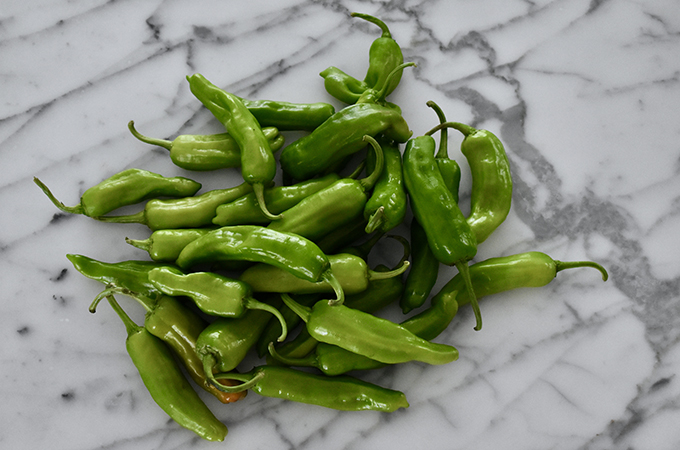
Poblano Peppers
Origin: Mexico
Scoville Scale Rating: 1000-2000 SHU
Poblano peppers are admittedly one of my favorite peppers. Extremely popular in Mexico, you’ve likely had them in chile rellenos at Mexican restaurants, but they can add a lovely smoky flavor to so many dishes. When dried, they are sold as ancho peppers and can be used as a base for stews and sauces. I particularly love adding roasted poblano peppers to chicken dishes mixed with lime and basil.
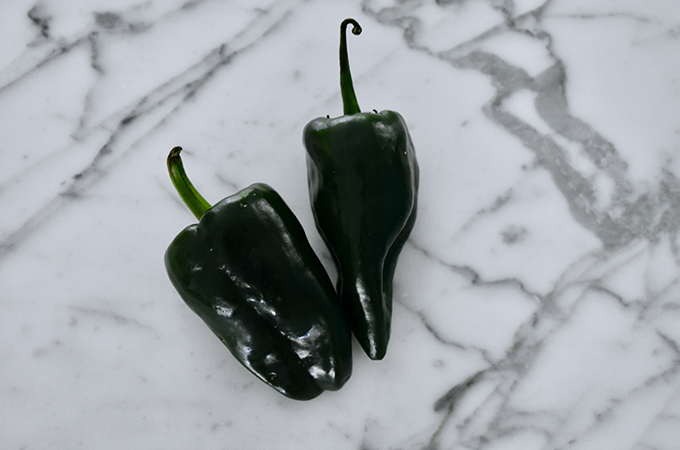
Jalapeño Peppers
Origin: Mexico
Scoville Scale Rating: 2500-8000 SHU
Of all the spicy peppers, the jalapeño is likely the most familiar. A staple in Mexican cooking, it’s also made its way into the hearts of Americans. Aside from its use as an ingredient and garnish, I love jalapeños sliced thin and arranged on a board with a sprinkle of salt as an accompaniment for a cheese board.
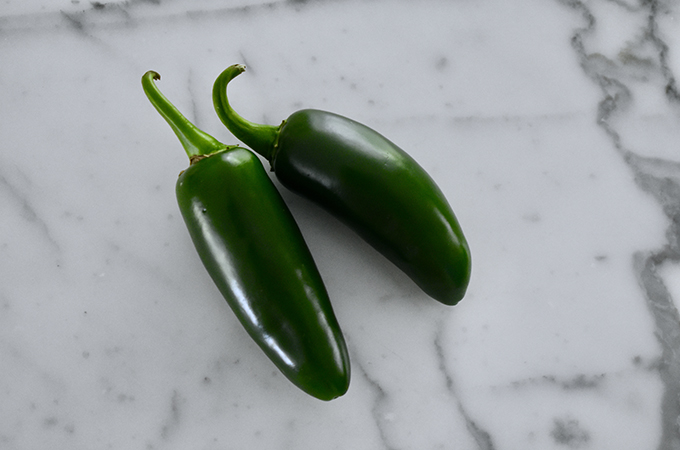
Hatch Chile Peppers
Origin: Hatch Valley, New Mexico
Scoville Scale Rating: 1000-8000 SHU
If you’ve spent time in the American southwest, or if you shop at Heinen’s in August, you’ve likely heard of Hatch chile peppers. This famous green chile hails from the Hatch Valley region of New Mexico. Similar to Champagne, to be called an authentic Hatch chile, the peppers must be grown in this region. These peppers are so celebrated that every Labor Day weekend The Hatch Chile Festival draws over 30,000 from all over the world to a tiny New Mexico town. Their smoky, rich and earthy flavor makes an excellent green chile sauce.
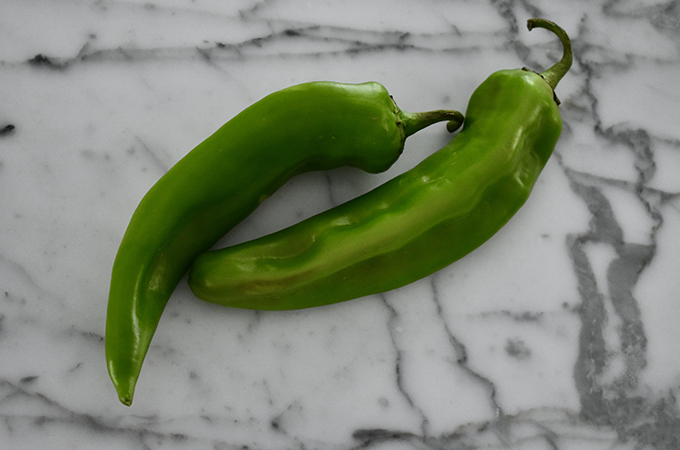
Habanero Peppers
Origin: Mexico
Scoville scale rating: 100,000-350,000 SHU
While habaneros originated in Mexico, they are actually named after the Cuban city, La Habana (Havana to Americans), as this city was a hotspot for trading these illustrious peppers. Their flavor is somewhat flowery and citrusy, but as they are quite hot, they’re best suited for hot sauces or very spicy salsas.

Bhut Jolokia, or Ghost Peppers
Origin: India
Scoville scale rating 800,000-1,001,300 SHU
These are one of the hottest peppers in the world! I’ll be honest, I’m a little scared of them. While I have not tried them personally, their flavor is apparently sweet and the heat doesn’t kick in for about 30-45 seconds. Upon consumption, symptoms include: watery eyes, sweating, hiccups and shortness of breath. If you’re brave enough to try them, I recommend drying them out to make a powder, which can be used in place of cayenne, or as a condiment if you’re in the mood for an insanely spicy night. Who’s willing to try it?
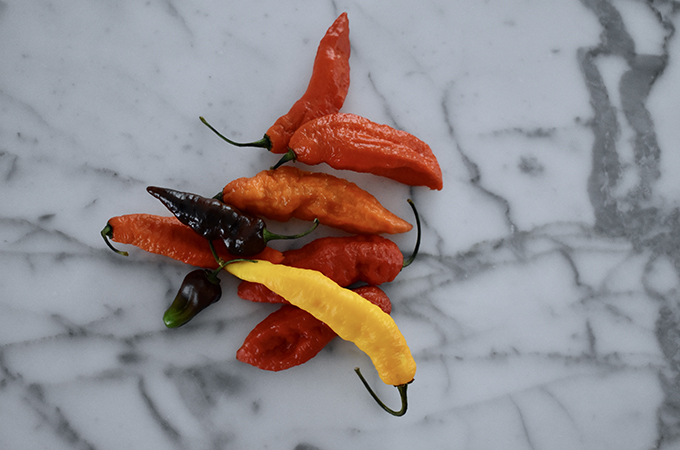
How to Make Homemade Crushed Red Pepper
Making homemade crushed red pepper is easier than you might think! I recommend using a mix of thinner-skinned peppers, like habanero or cayenne peppers. Thicker skinned peppers, like jalapeños or serranos can be used, but they will take longer to dry out.
- Preheat the oven to 180°F.
- Wash and thoroughly dry the peppers, then remove the stems.
- Place the peppers on a foil-lined baking sheet and bake for 4-6 hours, rotating about halfway through to ensure they are evenly dried. Check them at the 3-hour mark. The smaller peppers will dry out faster.
- When all of the peppers are thoroughly dried, remove from the oven and let cool.
- Place the cooled peppers in a blender or food processor and blend until your desired consistency for crushed red pepper is reached.
- You can also make a powder, which is a good option if you choose to use ghost peppers or any other pepper with a high Scoville scale rating.
- Store in an air tight container.
